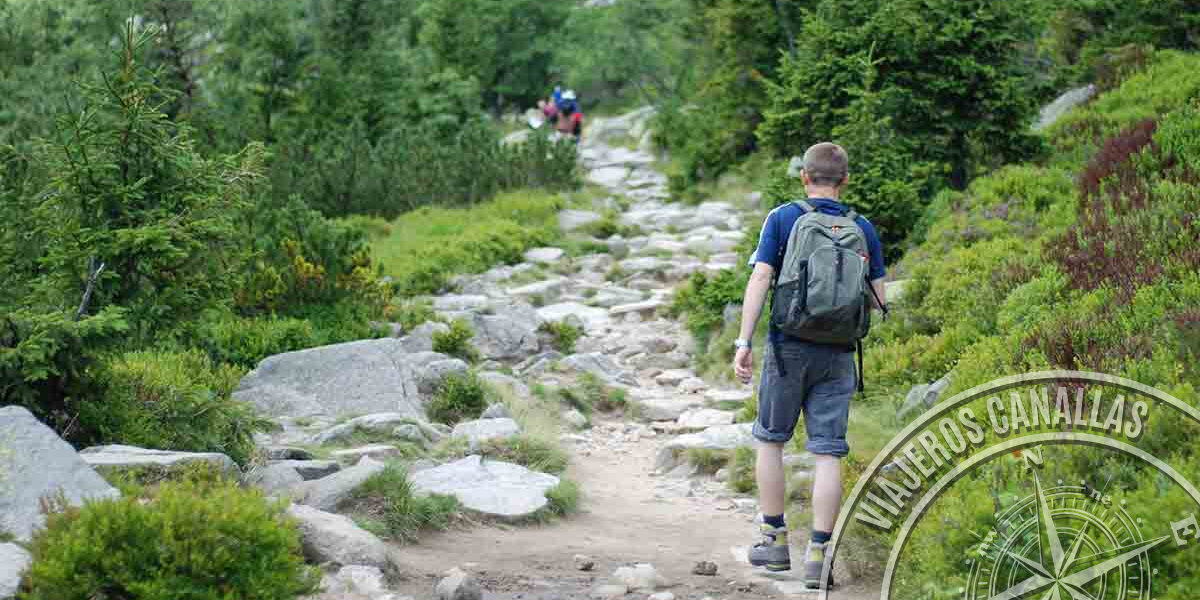Here are some tips for walking in high temperatures
Summer is a great time to get out and enjoy nature, but walking in the scorching sun can be a challenge. Keeping cool and safe in high temperatures is crucial to enjoy your walks without putting your health at risk. Here are some tips for coping with the heat and keeping your walk enjoyable and safe.

Planning and preparation
Choose the right time: Walk in the early morning or late afternoon, when temperatures are cooler. Avoid the middle of the day, usually between 10 a.m. and 4 p.m., when the sun is strongest.
Shaded routes: Plan your walks on routes that offer shade, such as trails in forests or parks with lots of trees. This can help reduce direct exposure to the sun.
Check the weather: Check the weather forecast before heading out. Avoid walking on days of extreme heat and high humidity, as these conditions can increase the risk of heat stroke and heat exhaustion.
Clothing and equipment
Lightweight, breathable clothing: Wear lightweight, light-coloured clothing made of moisture-wicking materials such as cotton or technical fabrics. This will help keep your body cool.
Sun protection: Wear a wide-brimmed hat to protect your face and neck, and wear sunglasses to protect your eyes. Don't forget to apply broad-spectrum sunscreen to all exposed areas of your skin.
Proper footwear: Wear comfortable, breathable shoes that provide good support. Moisture wicking socks are also essential to prevent blisters and keep your feet dry.
Hydration and nutrition
Constant hydration: Drink water regularly, even if you don't feel thirsty. Carry a water bottle and consider using hydration backpacks for easy and continuous access to water. Isotonic drinks can also be useful to replenish electrolytes.
Light, energy-rich foods: Eat light, water-rich foods such as fresh fruit (watermelon, melon, oranges) and energy snacks that are not heavy. Avoid heavy meals before and during the walk.
Strategies for keeping cool
Regular breaks: Take frequent breaks in shady areas to allow your body to recover from the heat. Take the opportunity to drink water and cool down.
Use of wet cloths: Carry wet cloths or cooling towels to place over your neck, wrists and forehead. This can help lower your body temperature quickly.
Water spray: A small water spray can be very useful for spraying your face and body during the walk. You can also wet your cap or hat to keep your head cool.
Warning signs and first aid
Recognise the symptoms of heat stress: Dizziness, nausea, headache, red and hot skin, and lack of sweating are signs of possible heat stress. If you experience these symptoms, seek shade, hydrate and cool your body immediately.
Heat exhaustion: Symptoms such as excessive sweating, weakness and fatigue are indicative of heat exhaustion. Rest in a cool place, drink water and consult a doctor if symptoms persist.
Basic first aid kit: Carry a small first aid kit with essentials such as dressings, antiseptics and basic medicines. Knowing first aid can be invaluable in emergency situations.
Conclusions
Walking in summer can be an experience If you take the right precautions to cope with the heat, you'll do wonderfully. With the right preparation, proper clothing, good hydration and strategies to keep cool, you can enjoy your summer hikes safely. Always listen to your body and don't hesitate to modify your plans if the weather conditions are too severe.
Get out and enjoy the summer, but always with safety and caution!
